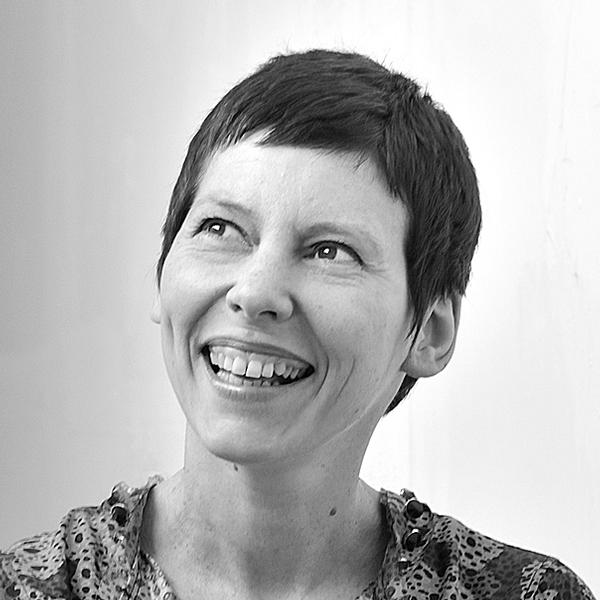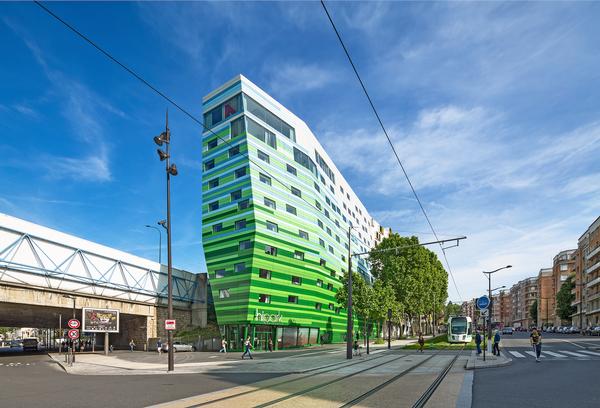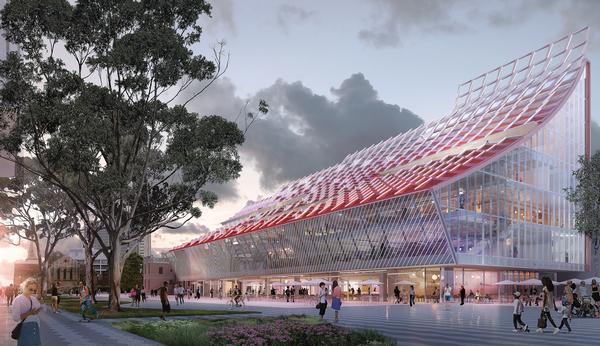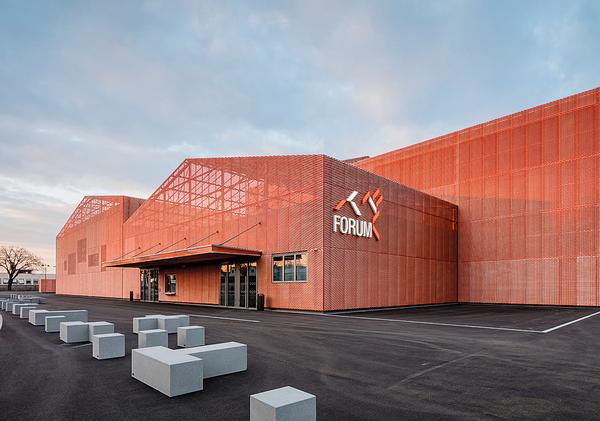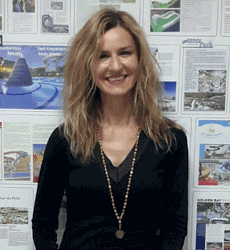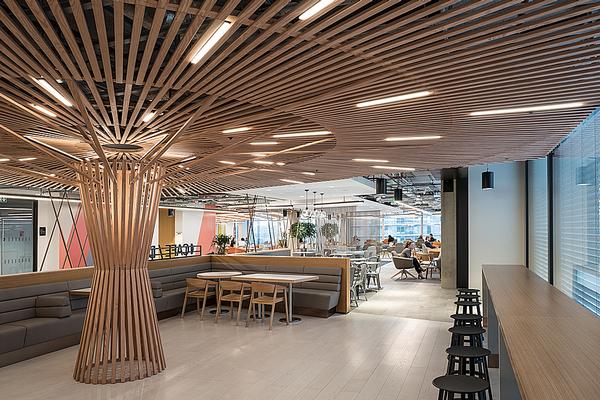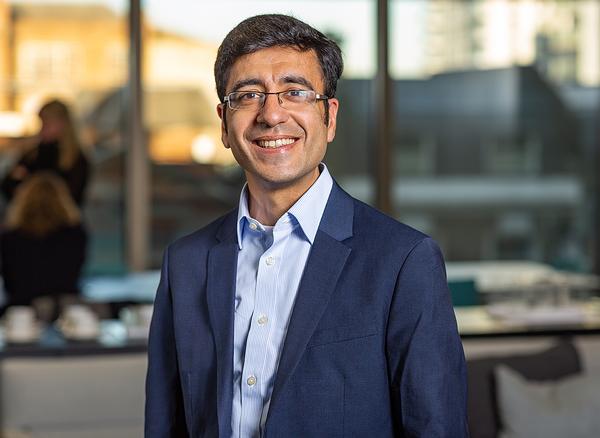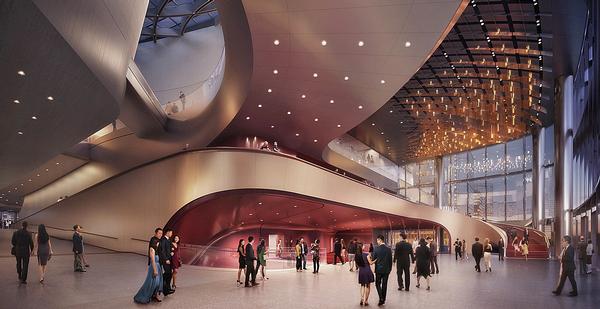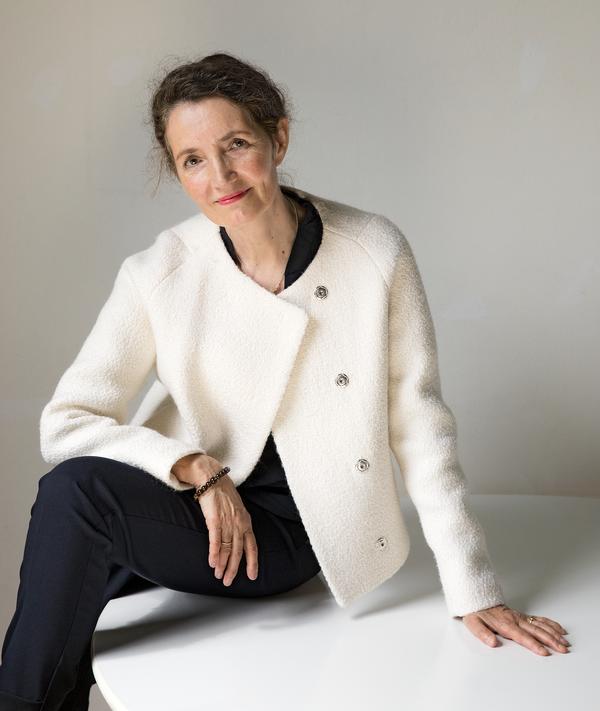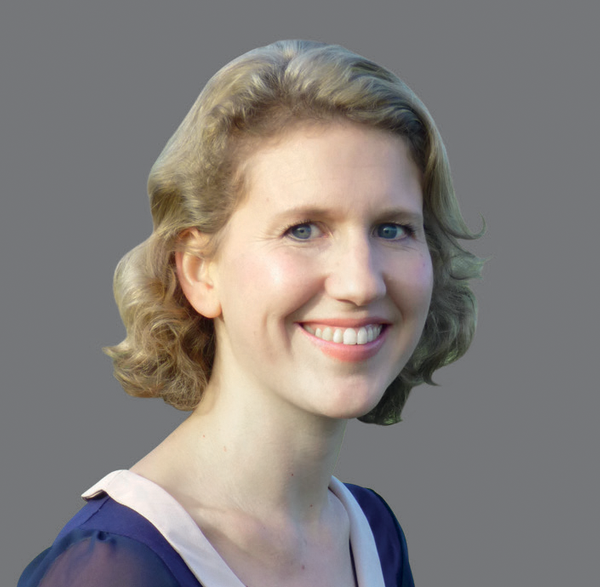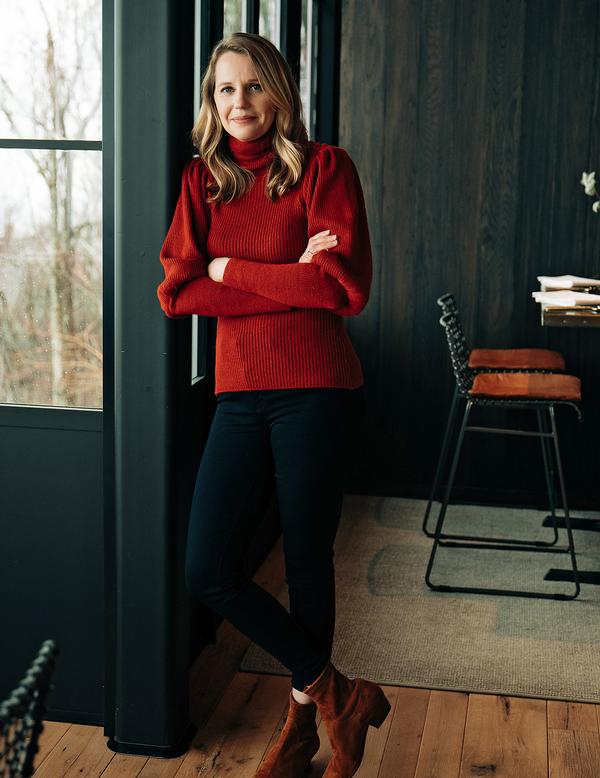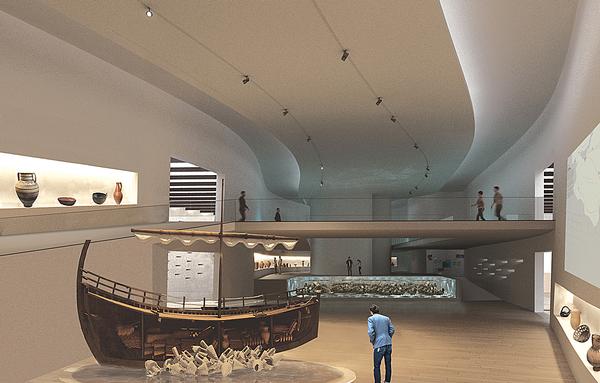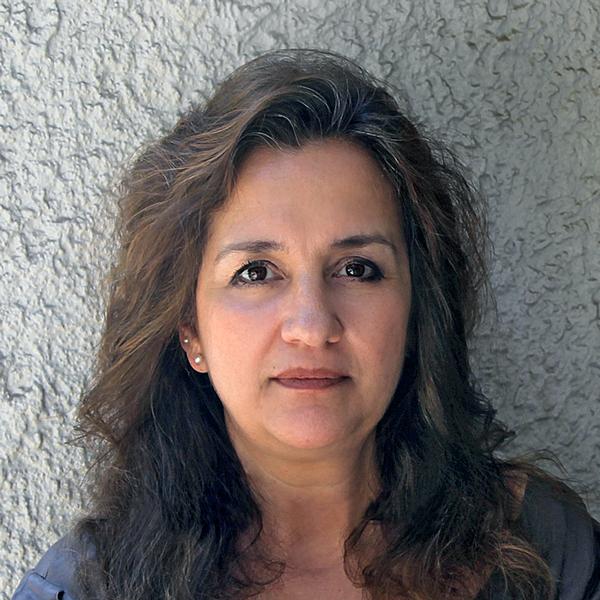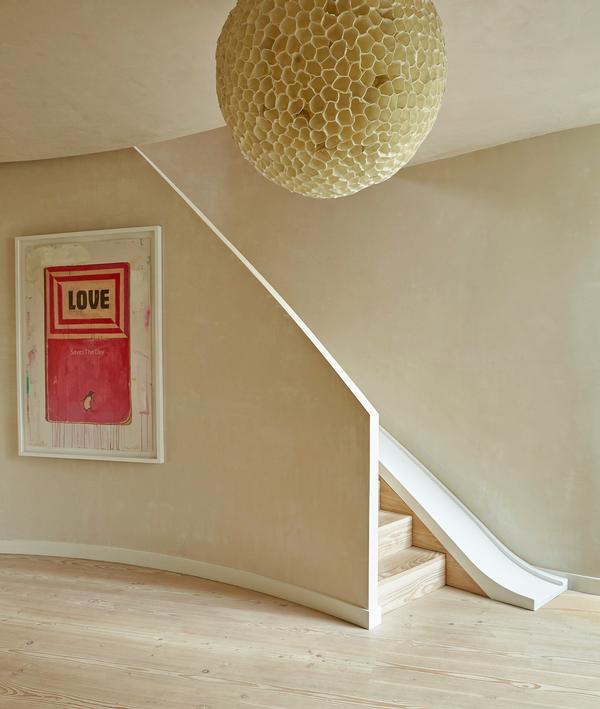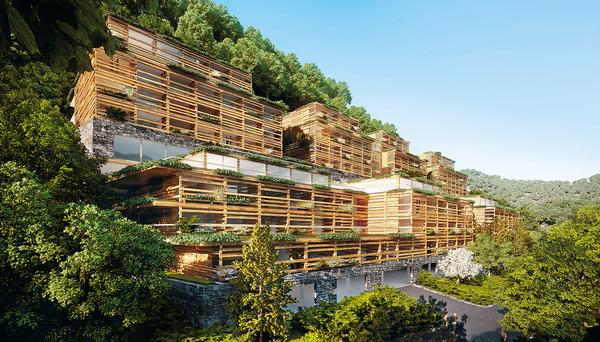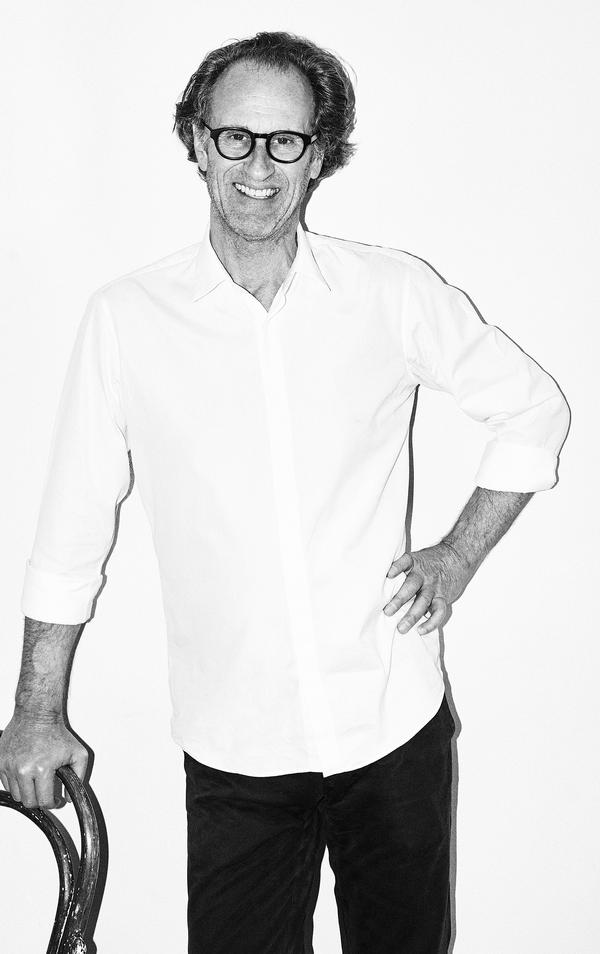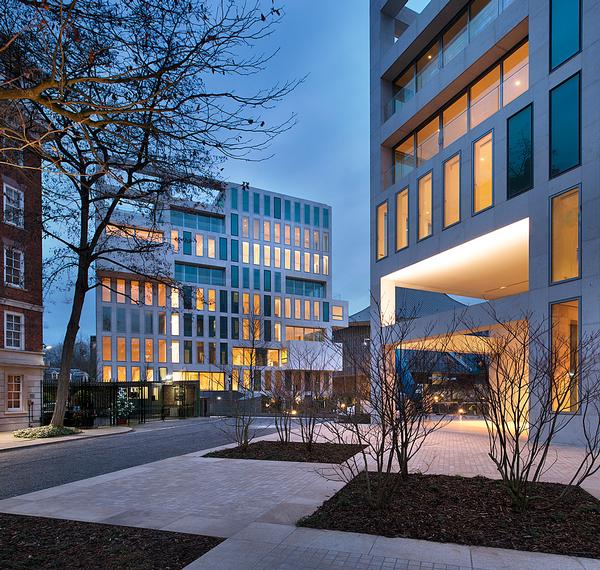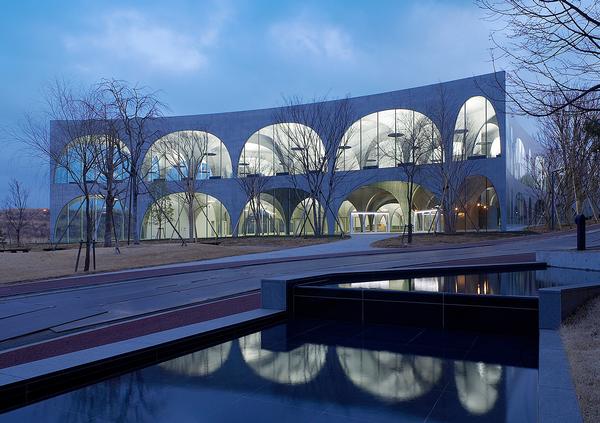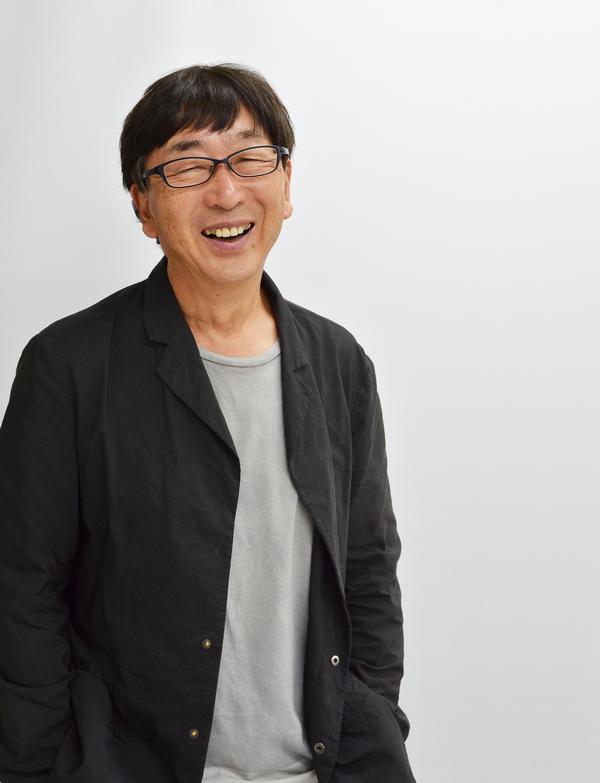Interview
Manuelle Gautrand
The first female winner of the European Prize for Architecture specialises in cultural and public buildings that aim to surprise their users. Magali Robathan finds out more
Architecture should provoke unexpected emotion says Manuelle Gautrand, as we sit chatting in her light-filled office in Paris’ La Bastille. “It is very important to surprise people when you welcome them into a building.”
Gautrand – who won the European Prize for Architecture in 2017 – has made a name for herself by celebrating ordinary urban life with bold, striking buildings that often feature an element of the unexpected.
At the Gaite Lyrique theatre in Paris, for example, a grand, conservative 19th century facade contains an ultra contemporary museum of digital culture, with factory-like walls, pulsing lights and splashes of vibrant colour. Gautrand’s ability to surprise can also be seen in her green pixellated Hipark Hotel, the blocky, rust coloured Forum sports and events complex in Saint Louis, France and in her radical extension to Lille’s Museum of Modern Art, where perforated concrete ‘fingers’ seem to reach around the eastern edge of Roland Simounet’s original building.
“It’s important to me that when people spend time in my buildings, they don’t just experience comfort and functionality,” says Gautrand, who sits surrounded by books and architectural models. “They have to be infused with beauty and they should be surprised. It’s sometimes better not to know too much in advance what you will discover in a building.”
Gautrand gives the example of Citroen’s flagship showroom which she designed and which brought her work to widespread attention when it opened on Paris’s Champs-Elysees in 2007. The showroom is open to the public and features a huge, six storey glass-walled atrium featuring a vertical column of eight Citroen vehicles which can be seen by visitors ascending a spiralling staircase.“With Citroen, I wanted the verticality of the atrium to surprise people,” she says. “I wanted them to feel a kind of vertigo when they walked between the different levels. It’s important to feel architecture in 3D – to feel something strongly.”
When Gautrand won the European Prize for Architecture in 2017, Christian Narkiewicz-Laine, president of The Chicago Athenaeum and initiator of the prize, described her work as “bold, refreshing, and provocative,” and applauded her for “reinventing, renewing, and innovating a pluralistic design path full of unexpected answers, risk-taking and surprises.”
“This boldness is deliberate,” Gautrand tells me. “It’s not always appropriate – sometimes I might do a housing project which is quite delicate – but when I’m designing a cultural or mixed use project, it’s important for the project to be well known in the city. It should become a kind of signature that stays in the memory of the people who see it.”
Gautrand is a passionate believer in the power of culture and leisure. “Politicians have to be courageous,” she says. “Cities can’t be just dedicated to private and commercial buildings. We must create places for inhabitants to share their lives. The cities where you have good cultural buildings and facilities; it’s a way for people to mix, to share the city in a much deeper way. It’s very important for everyone to dedicate part of their time to cultural and leisure activities.”
In Parramatta, Australia, Gautrand is working on a new civic and cultural centre on a public square that aims to bring together the public and government officials. The wave-shaped building has been designed to adapt to the curve of the sun and respect the brief that specified that the square must not be thrown into shade by the structure except for 20 minutes on the shortest day of the year. Gautrand’s solution was to design a ‘giant stair of crystalline blocks’ that allows the sun to penetrate and houses a public library, a civic centre, council chambers, an innovation centre and a cafe and restaurant. “It was a very interesting constraint,” says Gautrand. “The result is beautiful; it’s like a huge wave. The programming of the building also responds to the constraint, so that we have put the large public areas full of animation and life on the ground floor – the noisy part of the library, the welcoming spaces, the cafe and so on. As you ascend through the building, the rooms become progressively smaller, calmer and more private, so you have reading spaces in the library, meeting rooms, then private spaces dedicated to the councillors and their offices. It finishes with a beautiful council chamber.” Five Parramatta Square is being constructed by Australian firm Built and is the final addition to the new Parramatta Square mixed use area.
THE ROLE OF EMOTION
In my discussions with Gautrand about architecture and her philosophy, the word emotion comes up a lot.
“I always think about the emotions of the people who will use my buildings,” she tells me.
“The programme of a building is about functionality, but there’s also something which is not written in the programme. It’s about the emotion that you need to have when you’re living or using a building. People who spend time in your architecture should experience an emotional reaction, and that emotion should stay with them after they leave.”
The first building that really had an emotional impact on Gautrand, she says, was the Sydney Opera House.
“I’d just begun my architecture studies and I decided to do a big trip,” she says. “When I was standing in front of the Sydney Opera House, I felt hugely emotional.
“That project was so monumental, but at the same time totally contextual. It’s on the same scale as the harbour, and there are so many links between the shape of the Opera House and the boats. I was impressed with the monumentality and large scale – from far away – but also by the sophistication of the details. The building evoked emotion both at a large scale but also close up, when you were faced with the pattern of the skin and the interior design.”
Ensuring that her buildings work from a distance and up close is something Gautrand actively strives for in her work. “I like to work on different scales,” she says. “You must be able to admire the building from a distance, but up close you must be able to discover something else – the skin, the pattern, the materiality. It should provoke a second emotion.”
A EUROPEAN ARCHITECT
In 2017, when Manuelle Gautrand was awarded the European Prize for Architecture, much was made of the fact that she was the first women architect to win it. While that was “a bit relevant,” according to Gautrand, she was most proud of the fact that she had won a European prize.
“I am deeply European,” she says.“Of course the richness of Europe is the diversity within it, but I travel all over the world and more and more, I get the feeling that we have a very strong common root.
“When I travel outside Europe I say that I am European before I say that I am French. I’m very proud to be European.”
“This prize is awarded to architects ‘who have made a commitment to forward the principles of European humanism and the art of architecture’. Since the beginning of my career I have tried to express and emphasize such a commitment, to use my – or I would rather say our – European roots to re-enchant architecture and our cities.”
From here, the conversation naturally turns to Brexit. Gautrand doesn’t say too much on the subject, except that “I am deeply sad, and it is hugely sad for Europe.”
LOOKING AHEAD
As well as the cultural and civic centre in Parramatta, Gautrand is working on a number of other projects, including the refurbishment and extension of the W Paris Opera hotel.
Set in a former bank close to the Palais Garnier opera house, the hotel currently occupies around half of the building. Gautrand and her team are extending the hotel, moving the lobby and the bar/restaurant, carrying out a “deep refurb” of the existing guest rooms and creating a rooftop space.
“It’s a very interesting project for me because I’m both the architect and the interior designer,” says Gautrand. “My aim is to reinterpret the W roots while adding in a Parisian feel. I am adding a touch of impertinence using colour, the furniture and some of the details.”
Gautrand shows me the architectural model of the hotel, pointing out the rooftop space complete with mini parasols. “We have designed two sets of umbrellas,” she says. “The winter set, which will be transparent and which will give a beautiful luminance at the same time as protecting from the rain, and the summer set will be a pearly green and will protect from the sun.
“The rooftop will be amazing because it faces the Opera Garnier and it offers wonderful views across Paris.
“For this project, I studied the history of the building and the Hausmann-era architecture,” she continues. “It was important to respect the historical building while adding my personality and creating a powerful contemporary addition with a kind of freedom to it. It’s a very delicate challenge.”
When I ask Gautrand what her dream commission would be, she cites the kind of projects which she’s well known for.
“I’m always drawn to cultural projects, whether they are museums, concert halls or cinemas,” she says. “Those are my dream projects. I also love historical projects – the challenge of touching a historical building and giving it a kind of renewal is something I’m very interested in.”
In other words, Gautrand’s dream is to continue doing what she’s doing: creating bold, interesting buildings that celebrate the role of leisure and culture in our cities and our lives.
Montpellier, France
Manuelle Gautrand’s most recent major project is the Belaroia mixed use complex in Montpellier, southern France. Located opposite Montpellier’s central Gare Saint Roch train station, the project consists of two hotels, apartments, a restaurant, a business centre and a public terrace that looks out across the city.
The small, triangular site led Gautrand to stack the different facilities on top of one another, with the public terrace and cafe set back into an area created by the stacking of the various volumes.
“The main aim with this project was to create a very dense piece of architecture which could mix several programmes,” says Gautrand. “I wanted to create a space that all the building’s users could share – the generous, beautiful terrace – which is the heart of the whole project. It’s like a huge living room, where everyone can come, have a drink, have lunch or just rest – it’s orientated so it faces the south and it is protected from the wind.”
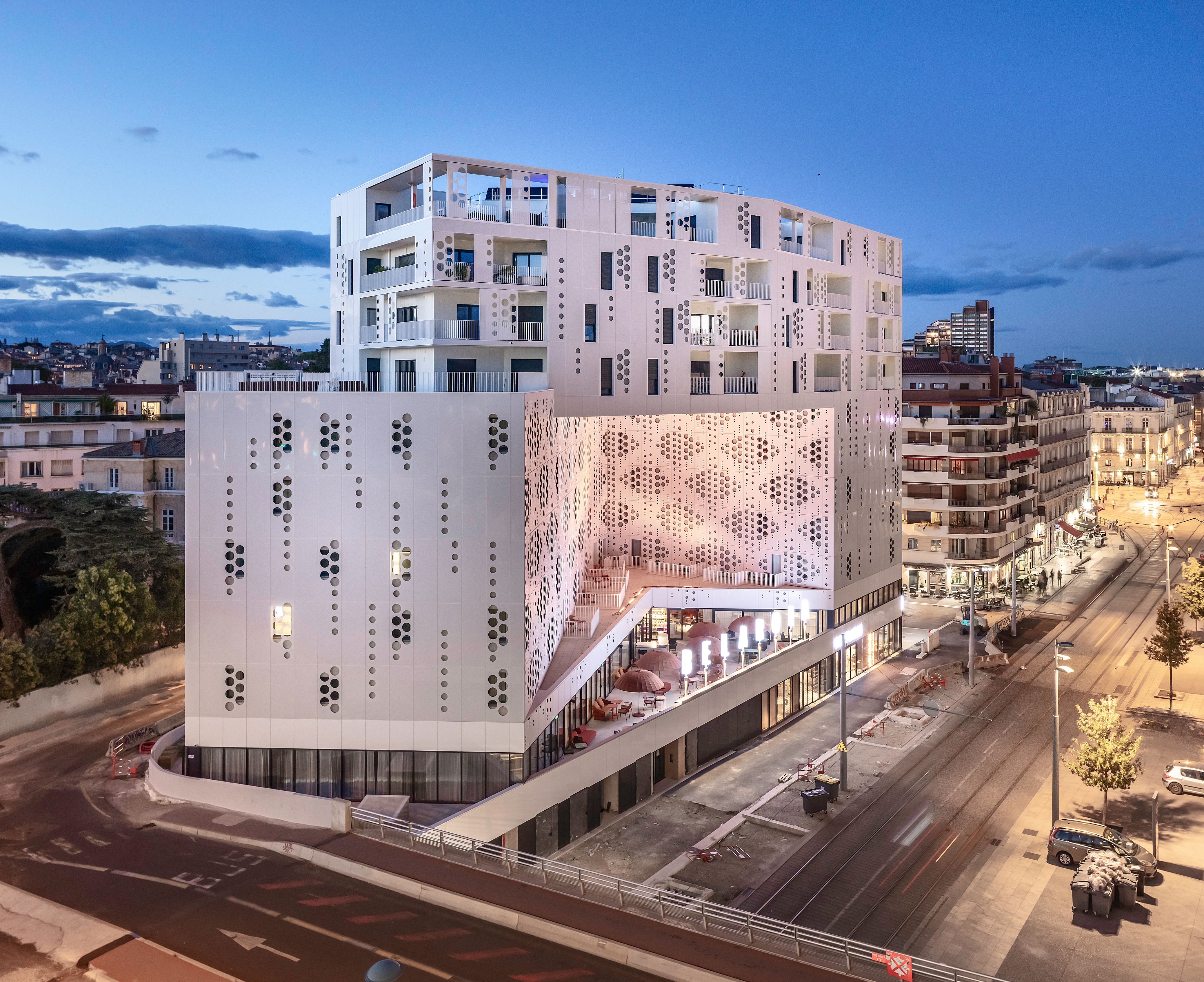
Marseille-born Manuelle Gautrand graduated with a diploma in architecture from the Ecole Nationale Supérieure d’Architecture de Montpellier in France in 1985 and worked for several architecture studios before founding Manuelle Gautrand Architecture in 1991 in Lyon. She later moved the practice to Paris, where she has lived and worked since 1994.
Manuelle Gautrand is the principal architect and director of the practice, which employs 15 architects in a two-level office in the Bastille neighbourhood of Paris. Marc Blaising, partner, financial and administrative director, has been involved in the general management of the agency since 1992.
Gautrand specialises in cultural and leisure facilities, including theatres, museums, cultural centres and hotels, and also designs housing, office buildings and other commercial facilities.
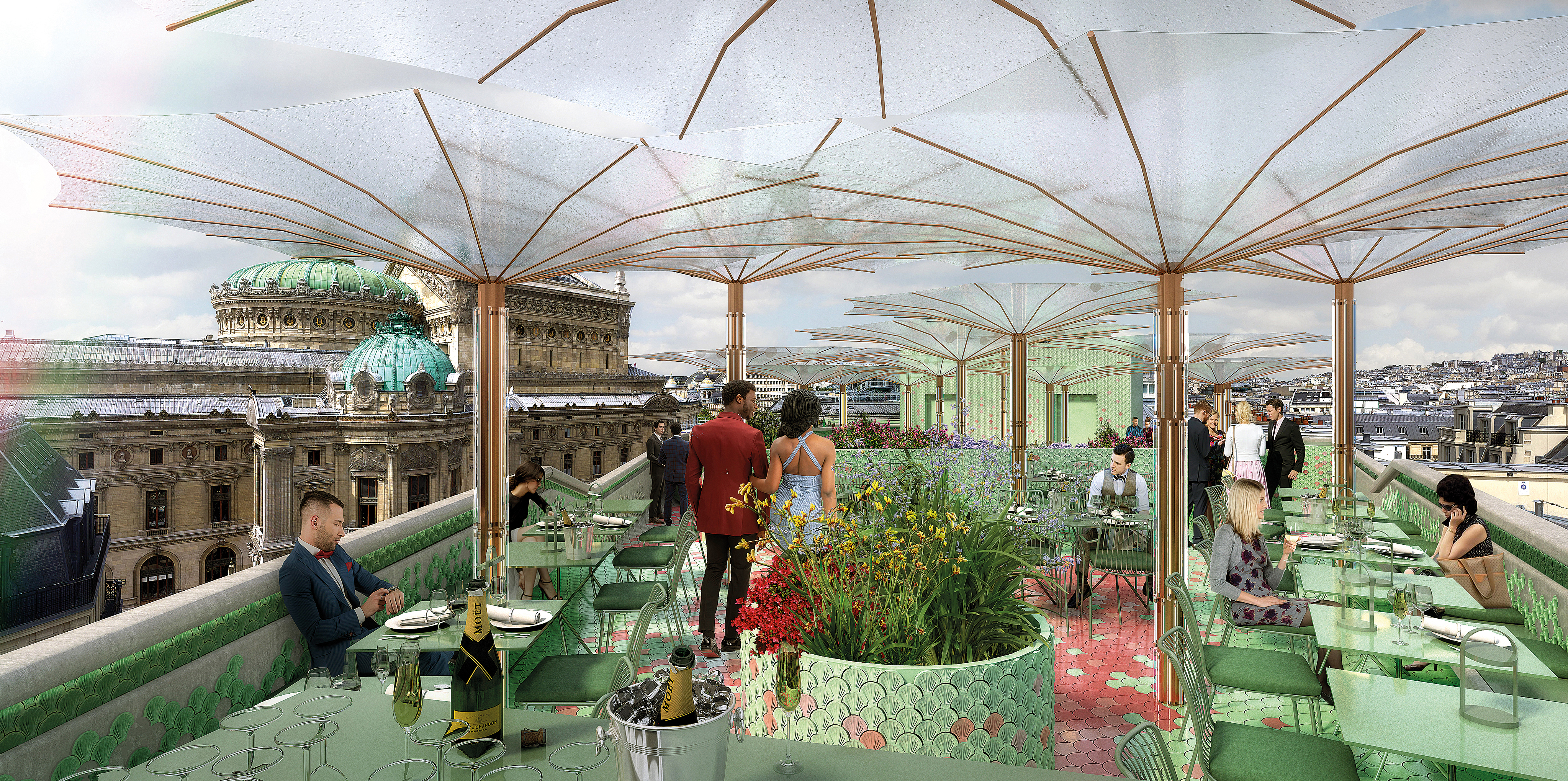
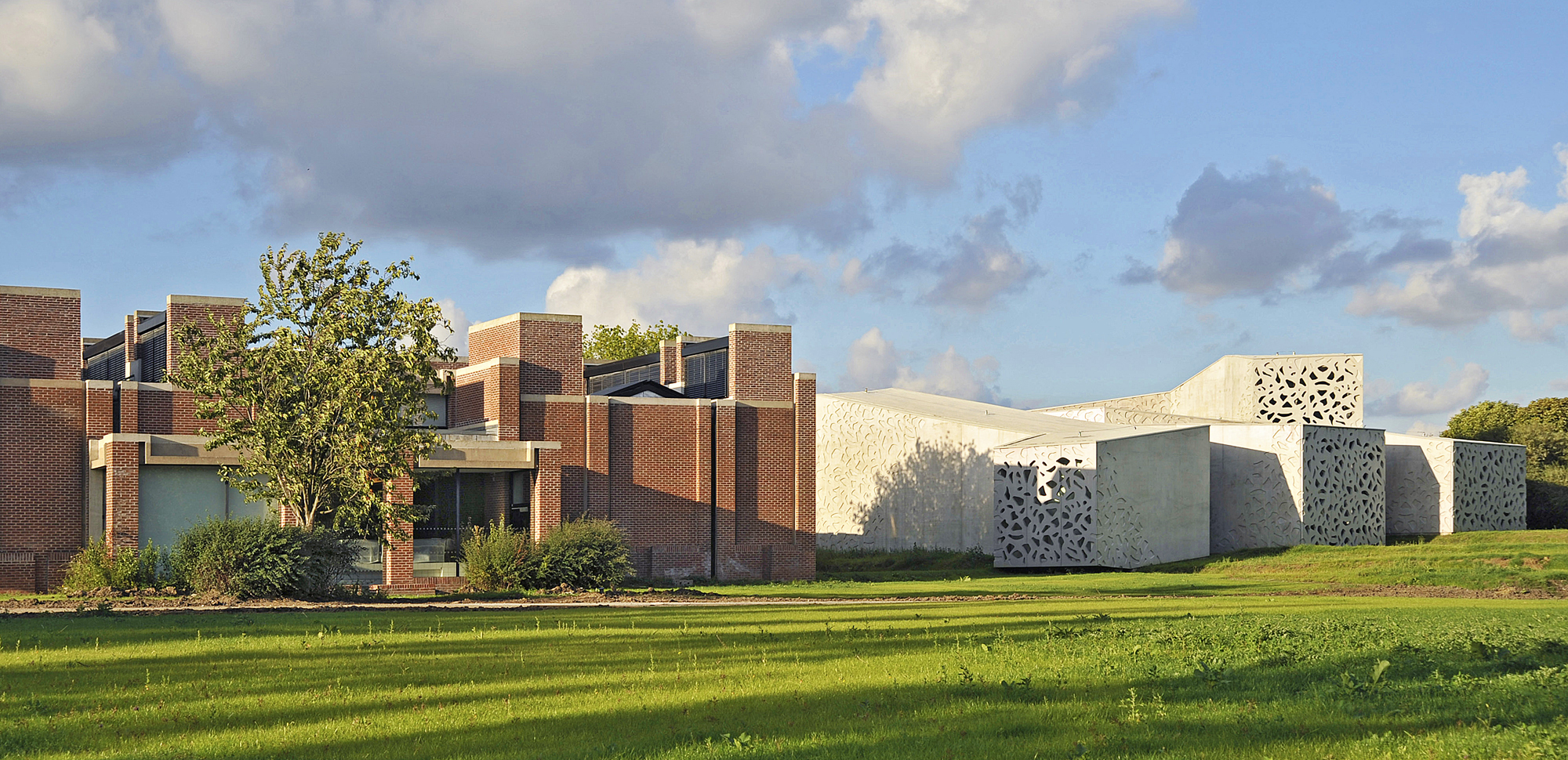
The Isola delle Rose has a rich history and an enviable location. Matteo Thun knew he had to capitalise on both with the design of the JW Marriott Venice Resort & Spa



